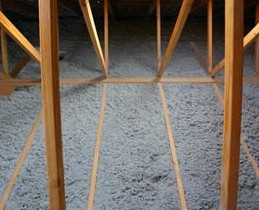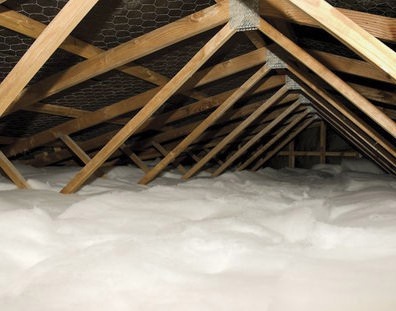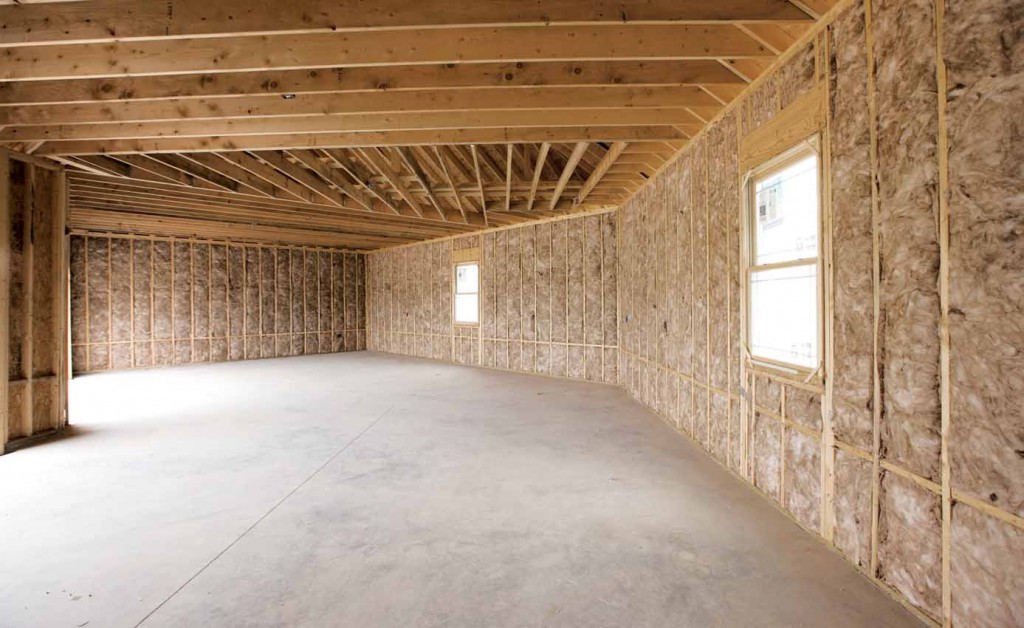Increase the Comfort of your Home with Roof Insulation
Looking for a way to save on your power bills and make your home more energy efficient? The answer could be roof insulation.
Roof insulation provides a barrier that reduces heat transfer between the interior of a building and the outside environment, helping to maintain a consistent indoor temperature. This not only enhances comfort but also reduces the demand on heating and cooling systems, leading to lower energy consumption and cost savings.
At Roo Roofing, we’re Brisbane roofers who believe a strong, durable and aesthetically striking roof is paramount to the value and protection of your home. Whether you need a roof replacement, roof repair, or gutter replacement, we’ve got you covered. Based in Brisbane, our company comprises decades of industry experience and peerless expertise.
When you need roof insulation, you can trust us to deliver unmatched results. We take on every job with the highest quality workmanship and professionalism to satisfy our most valuable asset: our customers.
We are fully qualified roofers who serve Brisbane and surrounding areas. Roo Roofing is the ideal team for all of your Brisbane roofing needs.



